On its face, it seemed like a weak market to target…folks who want very high end, small displacement, expensive custom motorcycles. But it worked.
When CSC revived the Mustang motorcycle concept 10 years ago, the company didn’t really have a grand plan, a handle on the market, or even a clearly defined name. CSC was originally California Scooter Company, and the original plan was to re-introduce a concept pioneered by the Mustang Motor Company in the postwar 1940s.

The idea was to spin off of Pro-One Performance Manufacturing’s line of very high billet and other accessories (and complete large V-twin custom motorcycles), and apply it to a small, modern version of the Mustang. Pro-One, CSC’s sister company, was founded by Steve Seidner (the same guy who started CSC). And boy oh boy, did those little bikes sell. They were beautiful little creations. Jewels, actually. Hand made, and built to extremely high standards. Mirror-like paint. Billet. Chrome. Little choppers. Expensive little jewels you could actually ride.
Ah, but that name…the California Scooter Company. It created confusion. People would see the new California Scooter modern Mustang and ask: Is it a scooter or a motorcycle? They didn’t get that the name was old school. Back in the day, antiques (folks like yours truly) called any bike a scooter. A Harley was a scooter and so was a Triumph…as in “I’m going to ride down to Cabo on my Scooter.”
Me? I wanted to tell anybody who asked that question (is it a motorcycle or a scooter?) that they were too dumb to ride either, but I couldn’t do that. Then one day, the boss hit on the idea of just calling the company CSC Motorcycles. You know, go with the tradition of other world-class marques with three-letter names: BMW, BSA, AJS, KTM, and more. And that worked. The dumbass scooter or motorcycle questions stopped, and the bikes continued to sell.
Back to the modern Mustangs…the initial thought was that the bikes would sell for $4,995, and they’d be a hit with young folks.
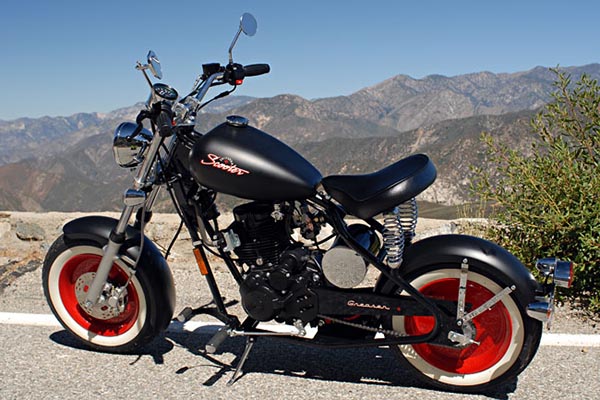
Ah, what we didn’t know. The market will tell you what it is. Plans and fancy marketing studies mean nothing. A hit with young folks? The problem with young folks is that they don’t have any money and they don’t buy motorcycles. Hell, a lot of them don’t even want driver’s licenses. Just, like, you know, call an Uber.
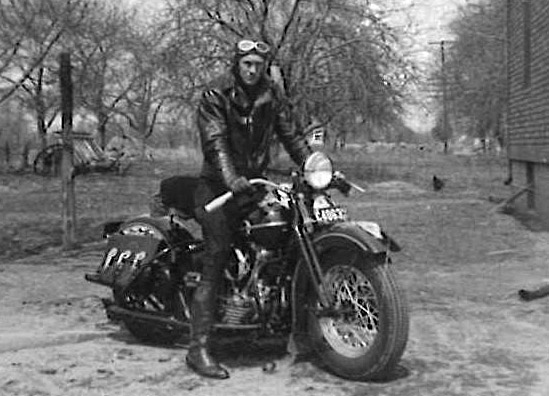
What we found out at CSC 10 years ago was that our modern Mustang market squarely centered on older folks (who often have a lot of money). Specifically, older folks who wanted a Mustang back in the day, but Dad said no. Or folks who rode big bikes way back when and who still wanted to ride, but they didn’t want to wrestle with 800-lb monsters. Fast forward 60 years, Dad’s no longer around, an Advil a day is just the ticket, and what do you know, I can buy that Mustang I always wanted and still ride. And they did. In droves.

Almost no one bought the standard, no-accessories, $4,995 CSC 150. They could have (that bike featured a slew of custom high end stuff, like billet and chrome all over the place and a world class finish). But those old guys who were denied an opportunity to scratch that Mustang itch as teenagers wanted more. A lot more. They would call on the phone (“I don’t do the Internet”), option the little California Scooters up to over $10,000 with lots more bling (custom wheels, custom paint, and more), and then put it all on a credit card. They wouldn’t attempt to negotiate price. California Scooter buyers wanted to spend more. Negotiate a lower price? Nope, that would demean the purchasing experience. It was full boat, full freight, and here’s my security code number…

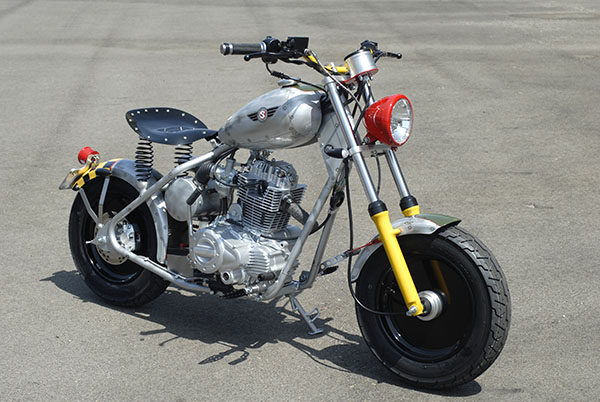
Those little bikes were awesome. I owned one of the very first ones, and I found I was having more fun on 150cc than I had on bikes with ten times the displacement. I rode mine all the way to Cabo San Lucas and back, but that’s a story for another blog. The Baja trip did a lot for CSC, too. The 150cc bikes had Honda CG clone engines manufactured in Asia, and the Baja trips showed the bikes were supremely reliable. We invited famous people to ride with us in Mexico and that was a force multiplier. The press coverage was off the charts.

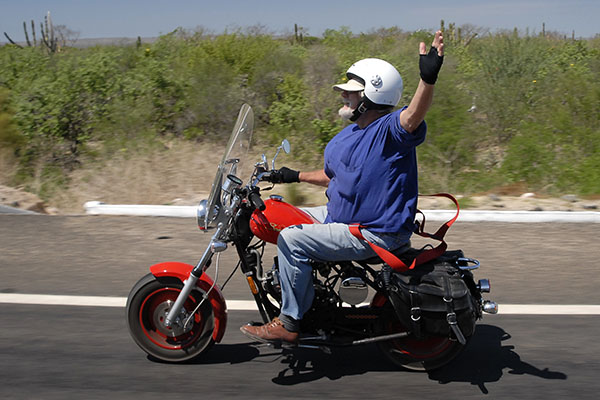

One of the things that sticks in my mind is the uninformed and the ignorant occasionally posting somewhere on an Internet forum that you could get a used Sportster for the kind of money people were happily spending on California Scooters. These keyboard commandos just didn’t get it. You could actually get a new Sportster for that kind of money, but that wasn’t the point. California Scooter buyers didn’t want a Sportster. They wanted, and were happy to pay top dollar for, a custom-crafted bit of motorcycle jewelry that could be both admired and ridden. A current classic.
There’s a market for such a thing. I know. I was there.




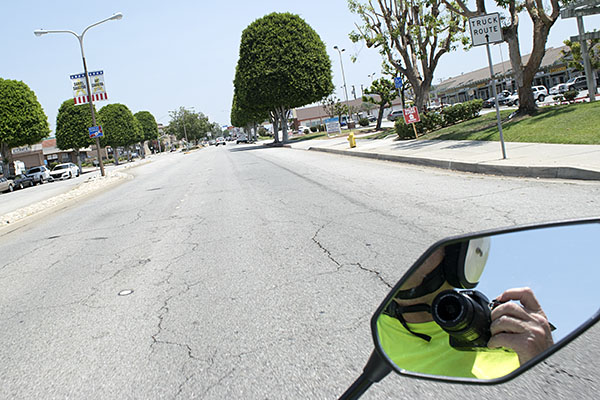
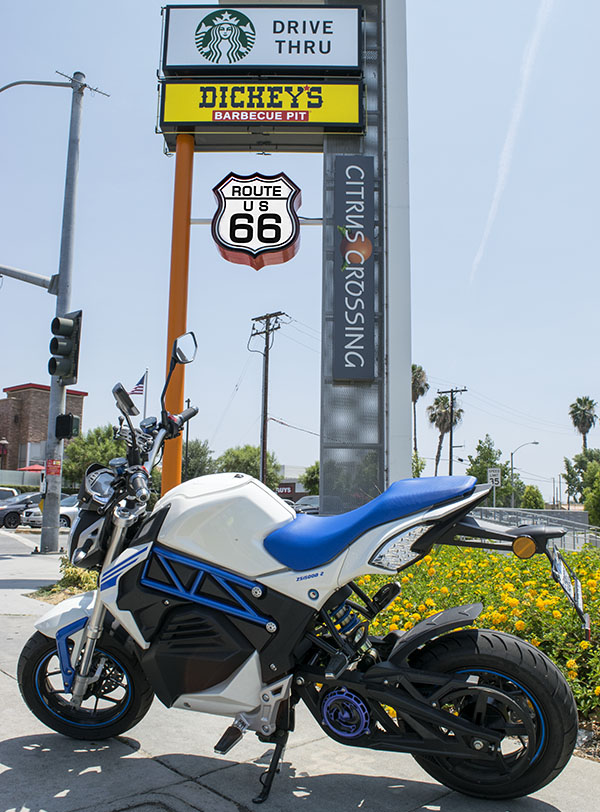
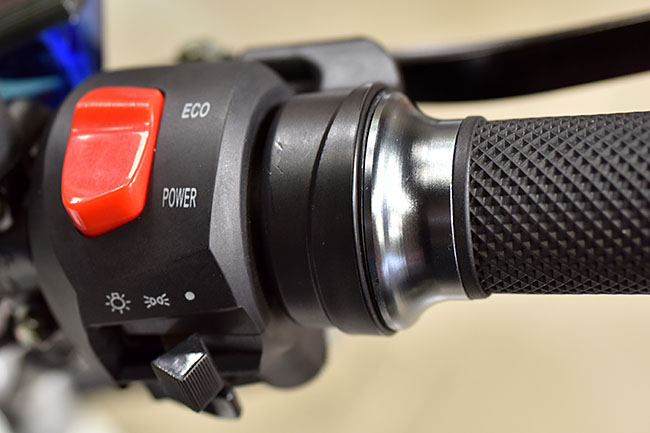

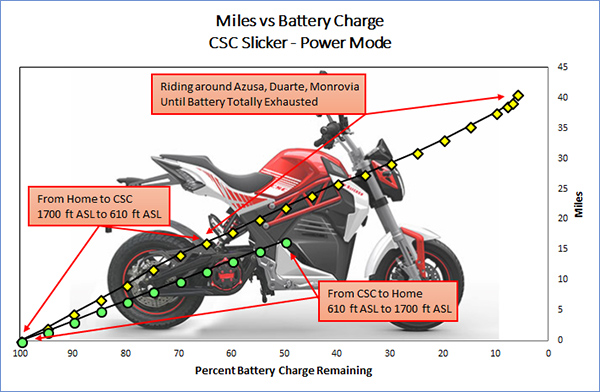

 Any questions? Post them in the comments section, and I’ll see if I can get answers.
Any questions? Post them in the comments section, and I’ll see if I can get answers.